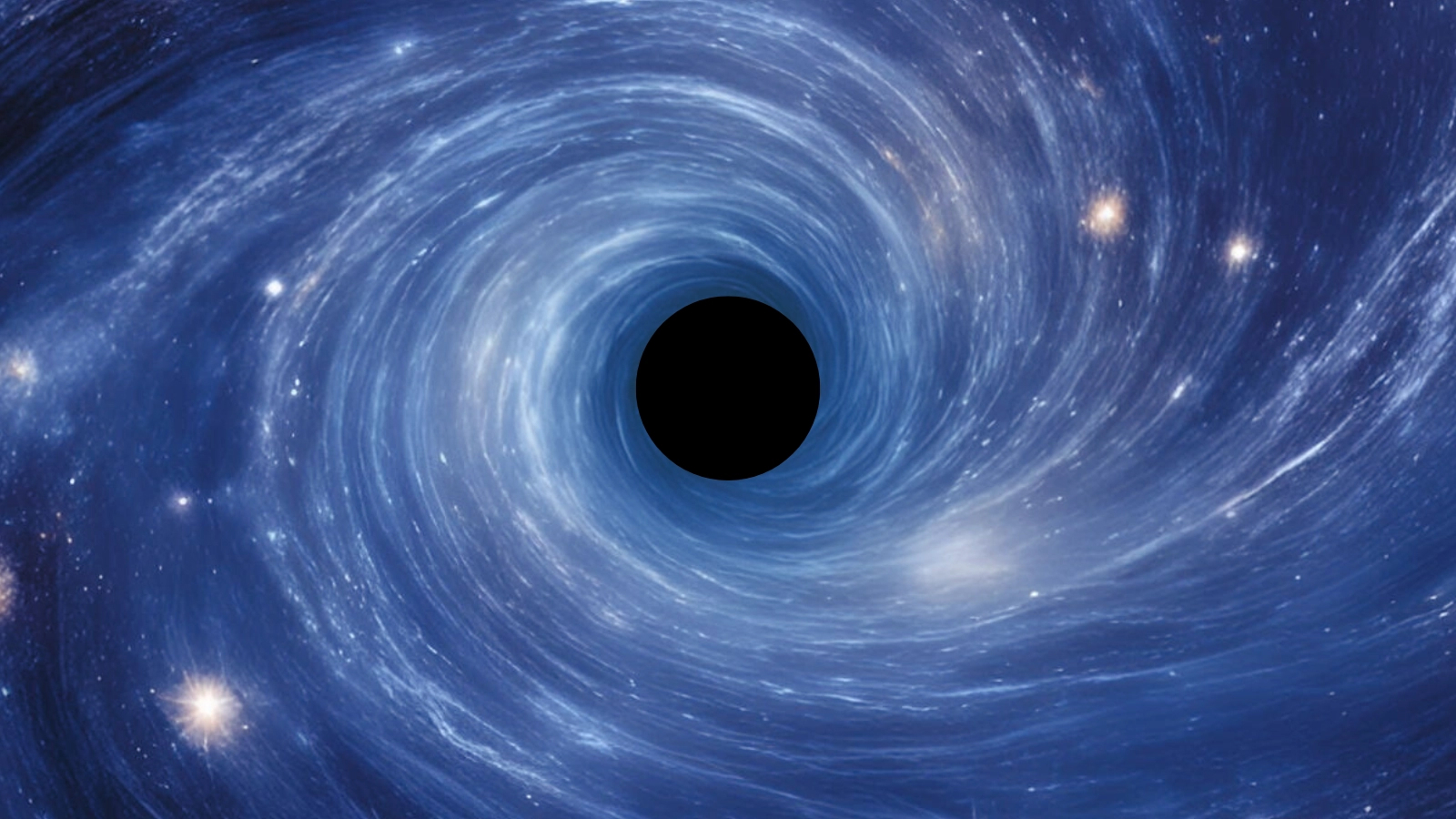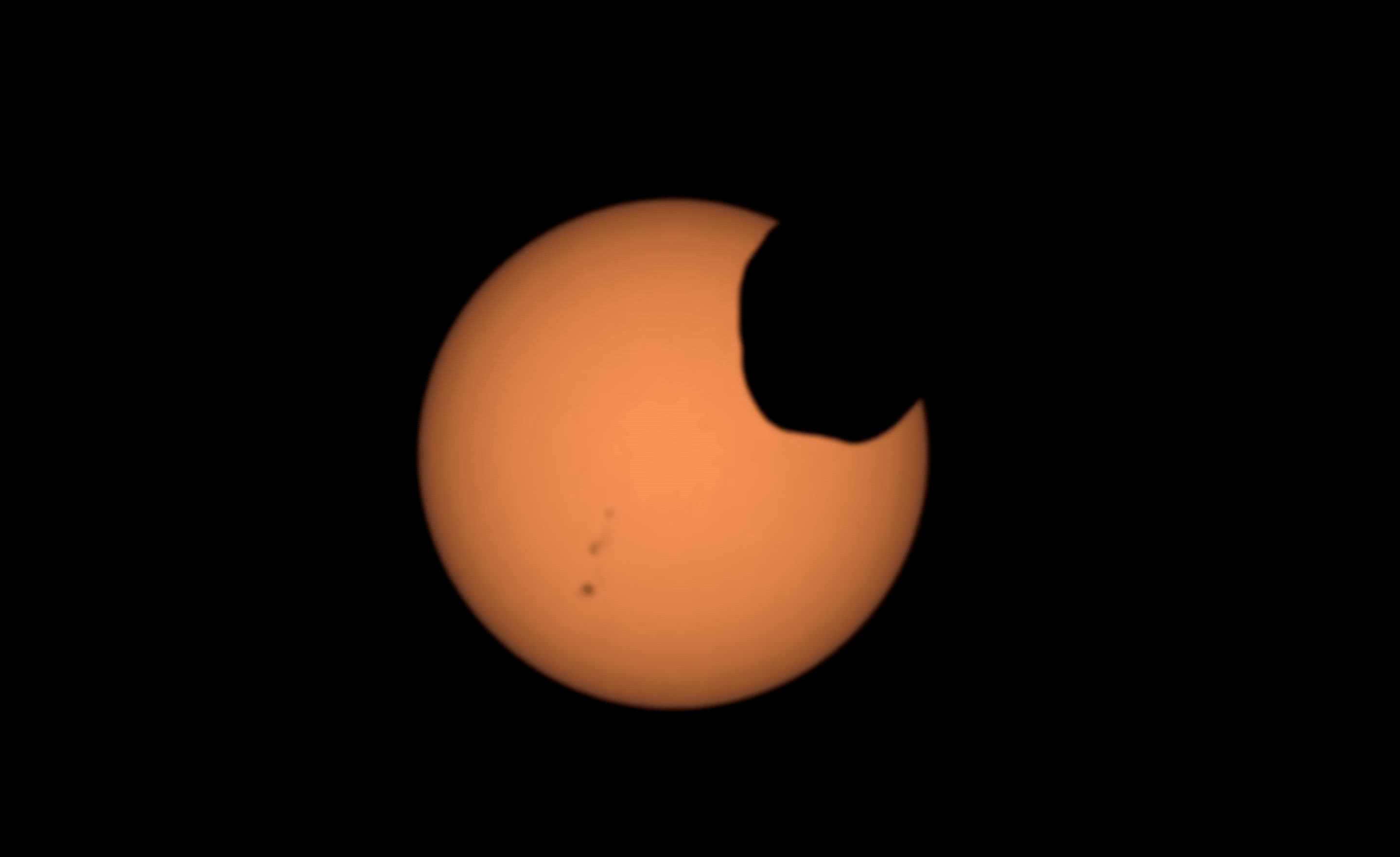When you purchase through links on our web site , we may bring in an affiliate charge . Here ’s how it works .
There ’s a galaxy not too far from our own that astronomers were very sure was shaped like an " X , " at least from the perspective of radio set telescopes . But a unexampled , clear radio telescope image register that the extragalactic nebula looks more like a stretched - out blob .
That image , published July 11 in the journalMonthly Notices of the Royal Astronomical Society , upends tenner - foresightful whimsy about the beetleweed , NGC 326 , and interrupt a long - standing theory about collisions between supermassive calamitous hole . It ’s a product of the Low - Frequency Array ( LOFAR ) , a powerful radio telescope in the Netherlands .

A new image from the Low Frequency Array (LOFAR) reveals that the galaxy isn’t so X-shaped after all.
NGC 326 really seemed to be disco biscuit - shaped , the author of the July 11 newspaper publisher write . Whenever researchers studied the galaxy ’s radio signatures — the particular patterns of radio waves that a body structure emits — they seemed to show four decided lobe , the stage of the X. That was evidence , they retrieve , of a past giant collision between two supermassive black holes . But the new look-alike present a more complicated icon — one that a black - yap collision alone ca n’t explain .
Related:9 Ideas About Black Holes That Will float Your Mind
Here ’s why the X shape was a big deal for inglorious - hole investigator . big galaxies , include our ownMilky Way , have supermassive black muddle at their center , as Live Science has antecedently reported . Those pitch-black holes , big as they are , are mostly too pocket-size and far off toobserve with even the best telescope . But astronomers can recognize those black holes by their tuner signature . Many supermassive bleak holesblast two cat valium of affair into blank space , made of material that barely scat falling into the nullity . Those jets shoot off in opposite directions at significant fractions of the speed of light , make long smears of radiate particles across space , often bigger than their host galaxies , that wireless telescopes can observe .

But researchers had long wonder : When large galaxies merge , do theirsupermassive dim hole collide ? It ’s anopen questionin astrophysics whether the universe has been around long enough for two supermassive bleak holes to have slam together , the source of the composition save . Once two such giants stumble into each other ’s orbits , the appendage of spinning closer and nigher , and then finally collide , could take so many billions of years that we ’d never see it in our world .
But some astronomers thought X - shaped galaxies were evidence that those collision had happened . The possibility was that , at some dot , a supermassive black hole producing two jets slammed into another supermassive black hole , ensue in a novel , bigger contraband hole oriented on an all - newfangled axis , concord to the authors of the report . That fresh black pickle would inject its two jets in a totally dissimilar direction , but the jets from the original black pickle would continue glowing in space , produce that X shape .
This hypothesis of X - shape galaxies has some pretty hard-and-fast terms , though : There ca n’t be any smearing between the lobe of the jets . The empty spaces have to be dark . That ’s because the fatal yap would have reoriented so suddenly that the jets would n’t sway across the intervening place , spraying it with particle . The cognitive operation , from an outside perspective , would look like one jet source interchange off just as another switch on in the same fix , spraying in different directions .

LOFAR ’s raw picture shows that , in NGC 326 at least , that ’s not the vitrine . The spaces between the lobe of the galaxy ’s " X " are fill with glow particles , hand over it more like a blob than a letter of the alphabet .
" We accent that a bohrium – BH [ black hole - black hole ] merger , either manifesting as an sharp jet-propelled plane reorientation or as a slower transition … is not ruled out by these datum , " the researchers wrote in the newspaper . " But it is no longer either a necessary or a sufficient account for the observed source word structure on its own . "
In other words , black kettle of fish might have merged in NGC 326 . But this more detailed picture does n’t necessarily show the detritus of such a merger . And if a black - kettle of fish merger did befall in NGC 326 , that amalgamation on its own ca n’t explain the shape astronomers can now see in that part of space .

Down the road , the researcher wrote , astronomers will have to reevaluate their assumptions about X - regulate galaxies , of which NGC 326 was the " prototypical " example . As astronomers gear up to put the Laser Interferometer Space Antenna , or LISA — themost sensible gravitative - undulation sensor ever — in space , some have acquire figuring for how many supermassive black hole amalgamation ( which produce very big ripples in blank - time , also know as downhearted - frequency gravitative waves ) the legal document should be able to detect each yr based on the number of X - shaped galaxies in space . But if NGC 326 is n’t unfeignedly ecstasy - shaped , can astronomers bank that any of the more remote ones are ? It might be time to go back to the drawing display board on those calculations .
Originally release onLive Science .













